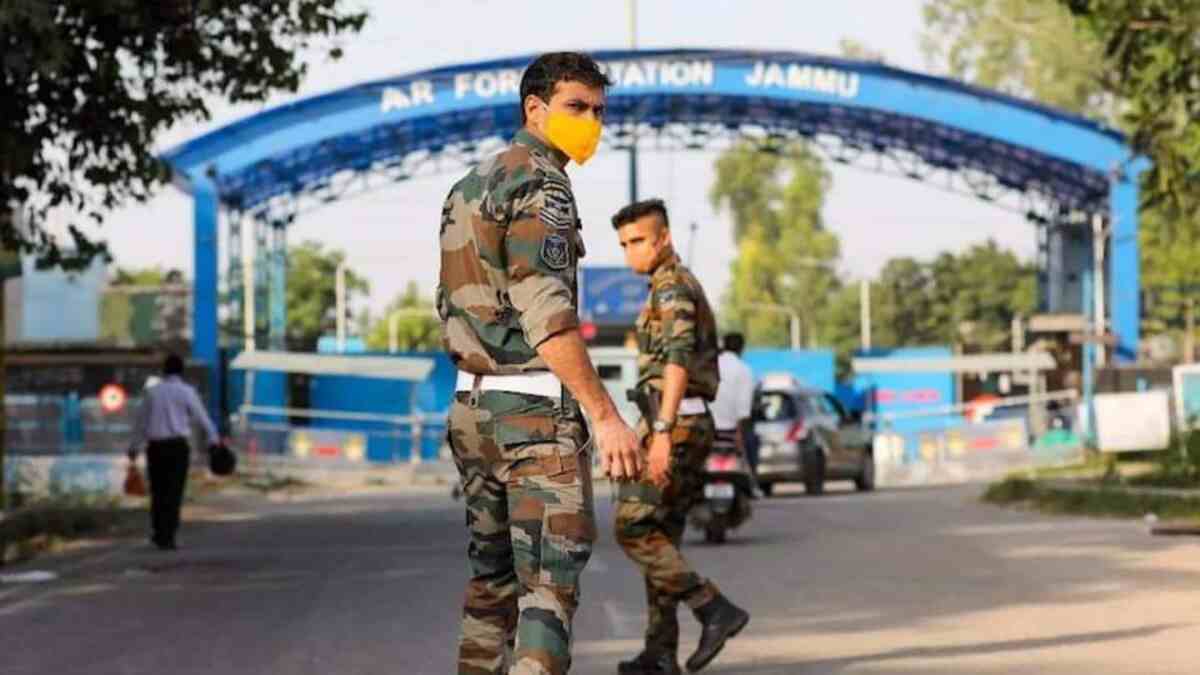A grim, new era

Last weekend, India came face to face with the latest advance in the growing arsenal of terror groups and separatists across the world- weaponised drones. A weaponised drone is not necessarily a military drone. Indeed, any commercially available drone can be modified to carry explosives or other weapon systems. At the Indian Airforce Station Jammu, this is precisely what is suspected to have happened as low flying drones were presumably used to drop two improvised explosive devices (IEDs) on the facility. Confirming the blast, the IAF stated that the first blast caused 'minor' damage to the roof of one building and the other exploded in an open area. There are no reported casualties. The reason why the use of drones has been suspected and not confirmed is that these drones were not detected on approach or when they were moving away from the compound. That said, there are plenty of reasons to consider the usage of drone systems in such attacks. Chief among these reasons is that drones have seen use in and around the Indian border for at least some time. Since 2018, Border Security Forces have noted many instances of drones being used to smuggle everything from guns to drugs across India's border from the Pakistan side to Punjab and Jammu. Since 2018, experts have been expecting a switchover in tactics from drones being used as tools for smuggling and such to weapons of terrorism. This is because the worldwide security implications for such technology have already become abundantly clear in recent years. Since 2014, the Islamic State has truly pioneered the usage of off the shelf drones for its military operations across Syria and Iraq. The group's use of drones has been so widespread and at times so successful that in 2019, there was real fear in Europe that many cities could suddenly find themselves a target of drone terrorism. Though it has yet to be realised, the threat of drone terrorism is very real. The danger of such systems is that systems of law enforcement and military organisations are not necessarily designed to take on such threats. Even if these tiny, low-flying drones are detected by an anti-air weapon system, it is simply too cost-prohibitive to use traditional anti-air systems to intercept these commercially available, sometimes homemade drones. It is also much harder to track down and stop the operators of such attacks. While GPS guided drones can be tracked down to their operators to a certain extent, in most cases, their operators are within the territory the drone is being used in. And, even though commercial drones only have ranges of 5-10 km in most cases and require their operators to be quite close to their targets, the advantage with such systems is that they can be launched from pretty much anywhere. This makes drones a significant security threat that cannot be ignored. The way to counter this threat is to not just develop technology to guard against it but also tightening regulations on its use and sale. Jamming systems and electronic warfare systems typically have greater success against drone-based threats than hard kill systems that are more traditional for anti-air roles. Countries like Israel which are increasingly facing the threat of such systems being used against them are developing directed-energy weapons (to simplify- laser weapons) to tackle such threats more effectively when electronic warfare systems are not enough. The DRDO is known to be developing such technology as well but it is unlikely that such weapon systems will be widely available anytime soon. And this isn't a problem that can be addressed by simply propping up a few of such advanced systems at the border. As noted above, drone systems can be used from practically anywhere and don't require special launch facilities. This means that not only must the defence against such systems be pro-active but also widespread. From this year onwards, India has also had drone regulations which are now expected to get even tighter after this attack. To conclude, there is also something to be said for the positive uses of drones. While regulation on drones is absolutely necessary, it must not stifle all the valid uses of such a technology platform. Across the world, aside from being used by movie makers and journalists, drones have also been used to deliver vital health care supplies to remote locations in ways that were just not possible previously. Like any revolutionary technology, drone technology can change human existence for the better while still posing a host of new threats if not properly managed.



